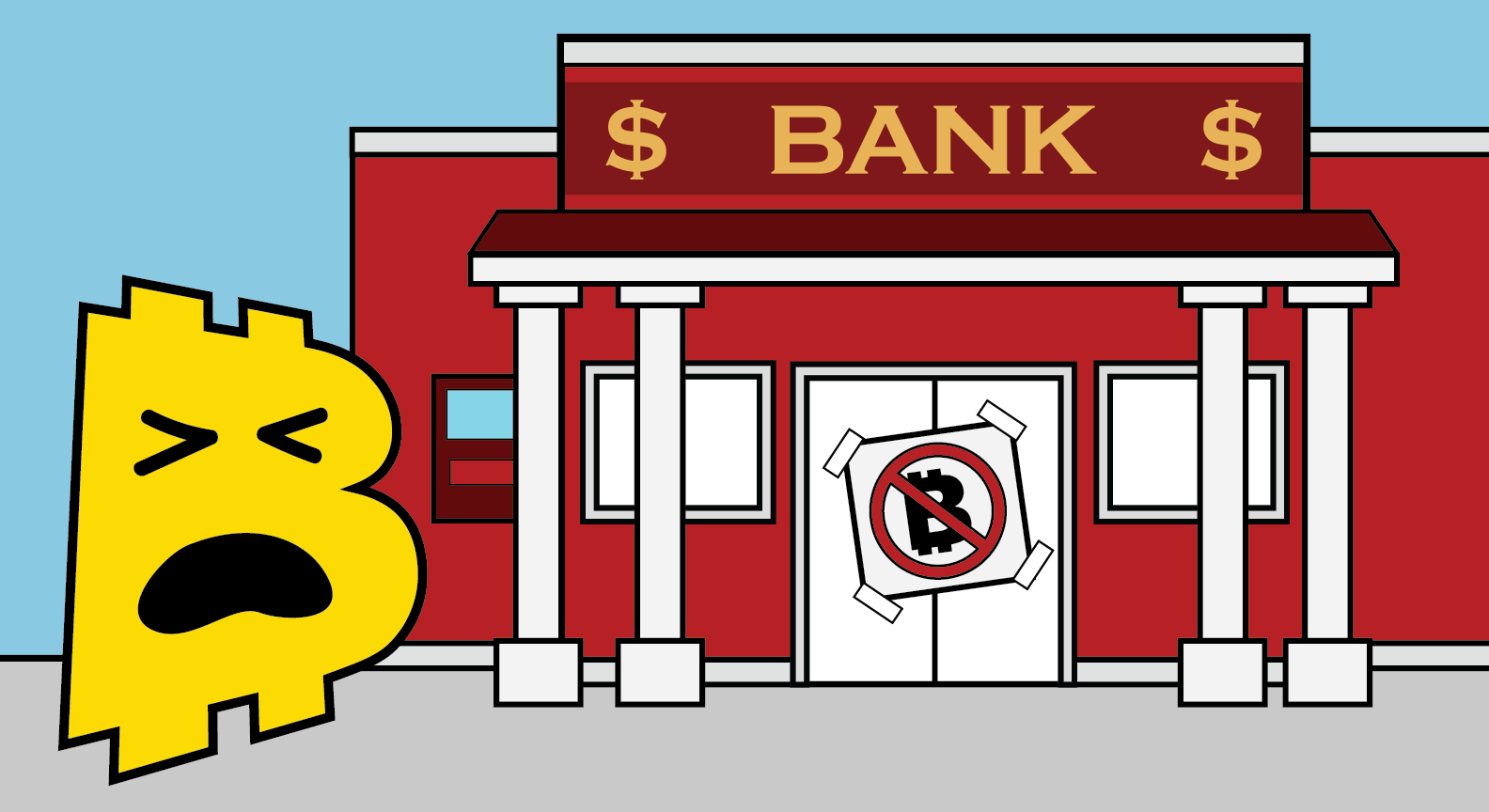To stay secure, private blockchains need a bitcoin structure

Two years after the deaths of at least 40 U.S. military veterans in Phoenix who were stuck on a so-called secret waiting list for Veterans Health Administration doctor appointments, health care entrepreneur Mathew Rose says the technology used to log bitcoin transactions could be used to prevent a similar situation.
While most people see gold in bitcoin, Rose and other entrepreneurs see intrinsic value in the public ledger known as the blockchain. Distributed between bitcoin users, the blockchain tracks the creation, or “mining,” of the cryptocurrency, as well as exchanges between everyday users.
A blockchain-based ledger of VHA-related doctor’s appointments could become “a nearly tamper-proof record,” says Rose, co-founder of a startup called Saavha that uses blockchain technology to verify the integrity of health care scheduling. It’s “a perfect recipe for a tool that will help eliminate instances like the VHA scandal,” he says.
READ MORE ON BITCOIN
Why Satoshi Nakamoto’s identity matters to bitcoin
Many traditional businesses, including Wal-Mart, Nasdaq, and JPMorgan Chase, are showing similar interest (and investing big bucks) in using blockchain technology to create private record systems.
But not all blockchains are created equal. Bitcoin’s built-in economic incentives ensure that hundreds of thousands of daily transactions are logged and verified on its public ledger. Private enterprises employing blockchain technology without a similar verification structure, experts say, run the risk of handicapping reliability and consumer security.
Bitcoin’s blockchain balance
Bitcoin’s currency-tied transaction verification structure, called “proof-of-work,” involves so-called “miners” racing one another to solve cryptographic equations that verify transactions employing the protocol. When a set, or “block,” of transactions is verified, it gets time-stamped onto the blockchain. A miner who initially verifies a block receives a current payout of 12.5 bitcoins, or about $12,150.
The bitcoin-mining process is neither cheap nor simple: Proof-of-work requires the use of application-specific integrated circuits, computer peripherals that can cost several thousand dollars. Miners collectively check transactions against the entire history of the blockchain, currently comprising nearly 90 gigabytes of data.
Yet the economic incentives miners have to continue their proof-of-work keep the public blockchain honest without any oversight, “indiscriminately and free of censorship,” says Chris Derose, a programmer and journalist who focuses on distributed ledger technology.
They also ensure ledger accuracy and prevent tampering, Derose says. By the same token, he says, a blockchain lacking such built-in safeguards becomes easier to hack.
The new, undefined private blockchain
The term “blockchain” can mean almost anything, according to Wayne Vaughan, founder and CEO of Tierion, a company that helps businesses anchor data to the bitcoin blockchain.
A blockchain “is a piece of software that shares design characteristics” with bitcoin’s public ledger of transactions, he says. Although such programs are often designed to ensure data security and integrity, they often aren’t set up—as bitcoin’s blockchain is—to secure data against record falsification, or reliance on a central authority such as a government agency or company.
More than 60 banks and large enterprises last year announced that they would invest in R3 CEV, a consortium to build a private blockchain for the financial industry. Since then, several banks, including Goldman Sachs and Banco Santander, have pulled out, citing undesirable fund-raising terms. And five others, including JPMorgan Chase, are rumored to be backing out of participation in its current $150 million funding round.
These moves could signal that private blockchains are struggling, Derose says. Companies that traditionally keep their customer data under tight lock and key are understandably uneasy about adopting, let alone investing in, technology that would force them to “share a ledger of transactions,” he says.
Maintaining a blockchain is no trivial matter, either, Vaughan adds.
“All partners of a consortium blockchain are bearing the costs of all the other participants,” he says, a redundancy that makes the network even more expensive to maintain, as more data is recorded. But off-loading data to a repository that links back to the active blockchain would be just as risky as employing a traditional data warehouse, he says.
A search for fool’s gold?
That’s not to say that all attempts to split bitcoin from blockchain have been as fruitless as searching for El Dorado.
Bitcoin uses a public-key infrastructure to secure the digital signatures tied to its transactions. This infrastructure gives users a public key for accepting the cryptocurrency and a private key for verifying the sending of tokens.
And many private blockchain initiatives have kept a focus on that cryptography.
“Most of the time in private blockchain projects, the security benefits…come from public-key cryptography infrastructure and not inherently from the blockchain structure,” Derose says.
Confusion around what makes a blockchain secure could be slowing the technology’s adoption in various industries. And attaching the buzzword to a record system without clearly defining how it secures records only adds to that confusion.
For now, Saavha’s Rose says, entrepreneurs interested in implementing blockchain technology should focus on taking baby steps instead of disrupting entire industries.
“It’s easier to take a big issue, and take little bites of that,” he says, “to make the most headway and progress.”
